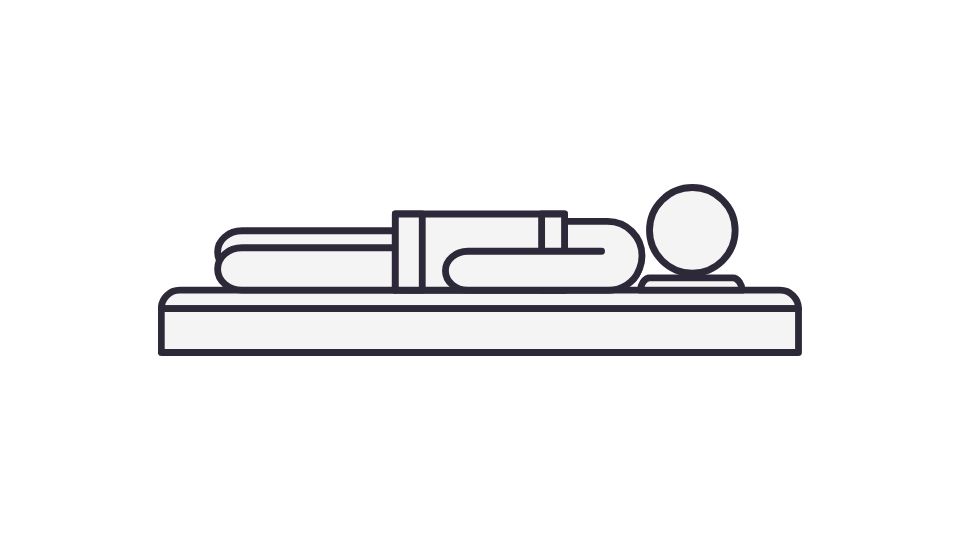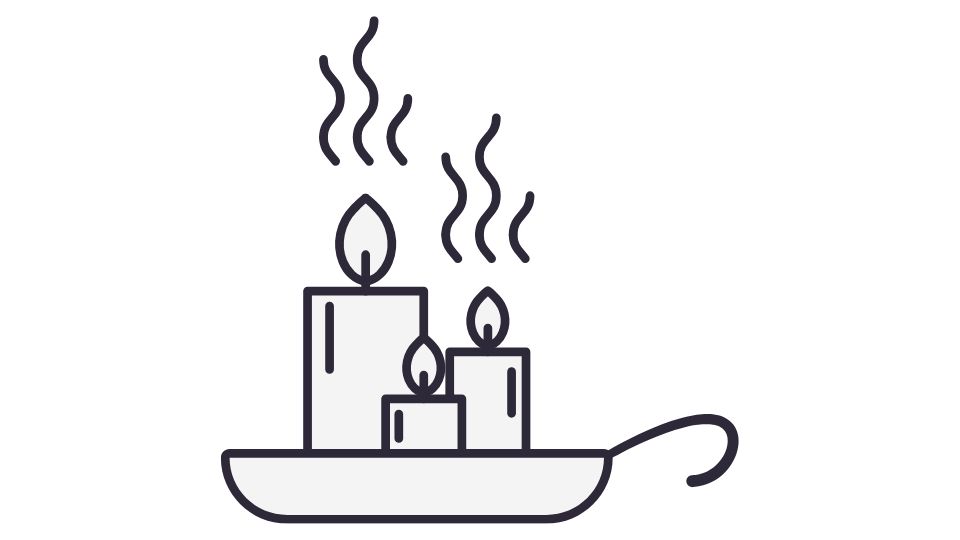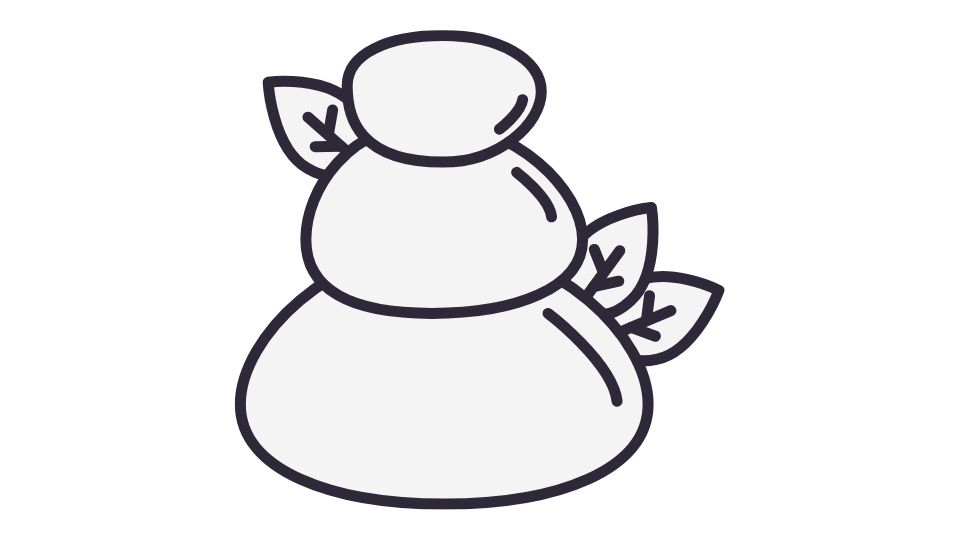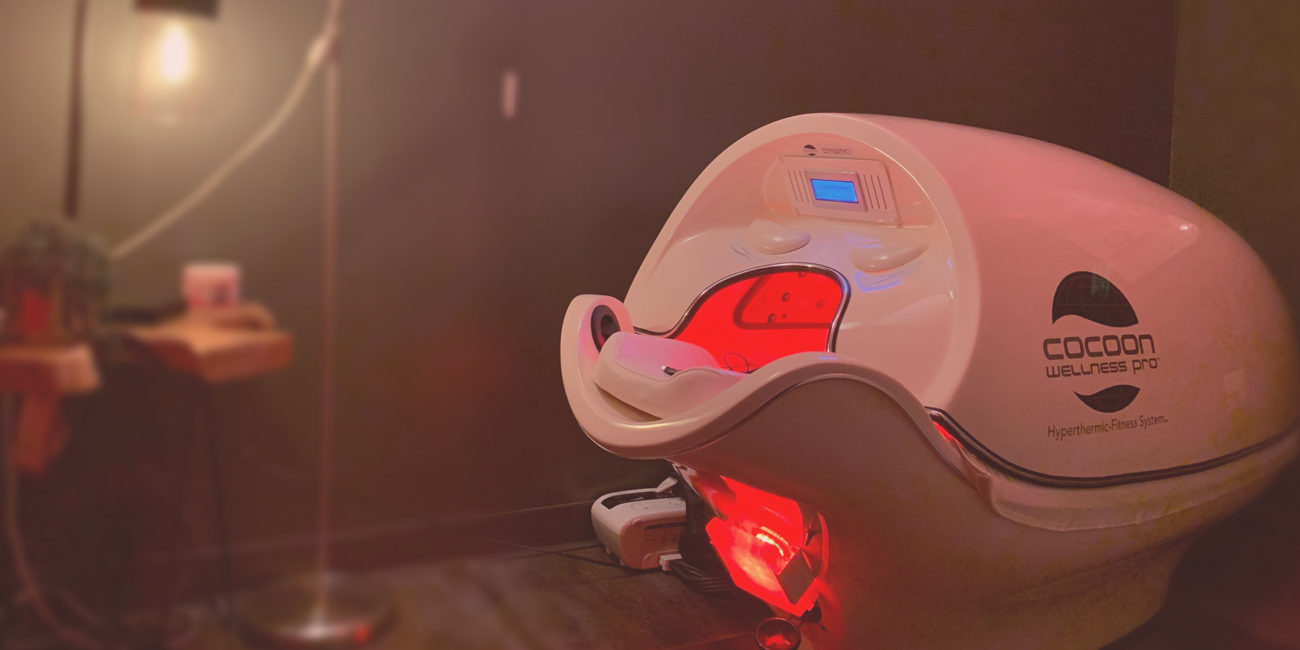Can Wellness Pods Help With Anxiety and Stress?

Can wellness pods actually help you chill out?
Anxiety sucks. And it seems like everyone and their mother is dealing with it these days.
So when I started hearing about these futuristic-looking wellness pods that promise to melt away your stress and anxiety, I was intrigued but skeptical.
What are they? Basically high-tech relaxation chambers that combine a bunch of different therapies like infrared heat, negative ions, vibration, aromatherapy, sound, and light to create a multi-sensory chill pill experience.
But the real question is: do they actually work for anxiety? Or is this just another wellness trend that sounds cool but doesn’t deliver?
Let’s dive into what science says (and doesn’t say) about these space-age relaxation pods.
How Wellness Pods Might Help Your Anxious Brain
The Science Behind the Sensory Experience

These pods aren’t just fancy recliners – they’re combining several different therapies that individually have some evidence for anxiety relief:
Infrared Heat isn’t just making you sweaty. It’s improving your circulation, relaxing tense muscles, and potentially giving your immune system a boost – all of which can help lower those bodily stress responses that make anxiety feel so uncomfortable.
Negative Ions sound like something from a sci-fi movie, but they’ve been shown to reduce psychological stress and might even influence your serotonin levels (that’s the “happy chemical” your brain needs more of when you’re anxious).
Vibrational Therapy isn’t just good for your Instagram feed – it’s improving blood flow and helping your muscles relax, which can be super helpful when anxiety has you all tensed up.
Aromatherapy, Sound, and Light create that perfect sensory environment that tells your nervous system “hey, it’s safe to relax now.” Your brain loves these kinds of cues.
The Whole is Greater Than the Sum of its Parts

What makes wellness pods potentially effective is that they’re hitting you with all these therapies at once. Like the Theta Chamber Rest Pod, which combines sound, light and vibration to induce deep relaxation.
Think about it like this: if one anti-anxiety technique is good, maybe combining several is even better? It’s like the difference between a single vitamin and a multivitamin for your mental health.
What Science Says About Similar Therapies

While there aren’t tons of studies specifically on “wellness pods” (they’re pretty new), we can look at research on similar relaxation approaches:
Floating therapy (like sensory deprivation tanks) has been studied for anxiety relief with promising results. One study found that after 12 float sessions, people had lasting improvements in anxiety levels and overall outlook.
Stress reduction techniques that lower cortisol (your body’s stress hormone) have been proven to help with anxiety. L-theanine (found in green tea) works similarly to how some wellness pod components might work – by affecting neurotransmitters like serotonin and GABA.
Integrative wellness approaches combining multiple modalities (like wellness pods do) have been identified as effective interventions for managing stress and improving overall wellbeing.
How to Make the Most of Your Pod Experience
What to Expect
Most people report feeling immediately more relaxed after a session. Like, significantly chilled out. Your muscles might feel looser, your mind clearer, and your overall stress level lower.
But just like going to the gym once won’t give you a six-pack, the full benefits of wellness pods typically develop after multiple sessions. Consistency is key here.
Session Tips
- Wear comfortable clothing – nothing restrictive or uncomfortable
- Go in with an open mind – your skeptical brain might fight the relaxation at first
- Start with weekly sessions and adjust based on how you respond
- Sessions typically last 20-60 minutes depending on the facility
One woman I spoke with said: “I was skeptical at first, but after my third session, I noticed I wasn’t having those racing thoughts at night anymore. I actually sleep now!”
Let’s Keep It Real: Limitations and Considerations

Before you sell your couch to buy a wellness pod for your living room, let’s talk about some limitations:
The research is still developing. Most of the evidence for wellness pods specifically is indirect – coming from studies on the individual components or related therapies.
Anxiety is complex and stubborn. For many people, especially those with clinical anxiety disorders, wellness pods might work best as a complementary approach alongside therapy, medication, or other evidence-based treatments.
Your mileage may vary. Some people might experience dramatic relief, while others might feel more subtle benefits. Bodies and brains are complicated!
The Bottom Line
Wellness pods aren’t magic anxiety-erasing machines, but they do combine several evidence-based relaxation techniques in one convenient package.
If you’re struggling with anxiety, especially the physical symptoms like tension, racing heart, or that “wound up” feeling, a wellness pod session might be worth trying.
Just remember that for most anxiety sufferers, the best approach is usually a combination of tools – maybe therapy, maybe medication, definitely lifestyle factors like sleep and exercise, and potentially complementary approaches like wellness pods.
Think of it as another tool in your anti-anxiety toolkit. Not a miracle cure, but potentially a helpful addition to your overall strategy for keeping those anxious feelings in check.
Have you tried a wellness pod for anxiety? What was your experience? I’d love to hear about it!

